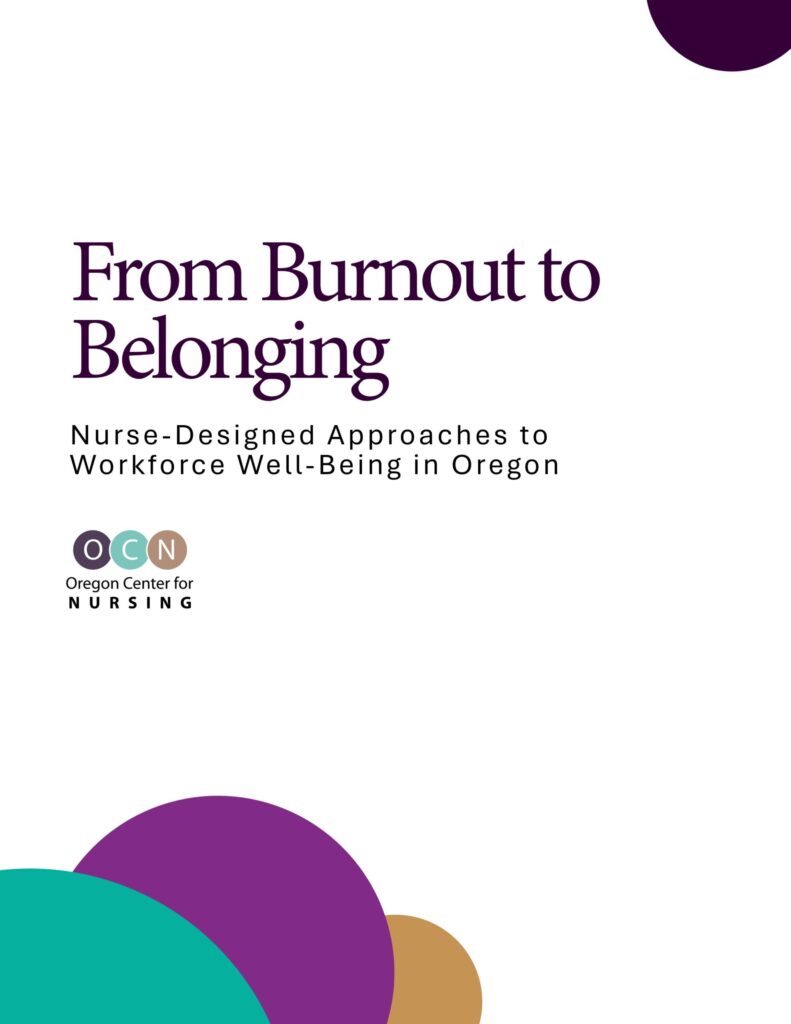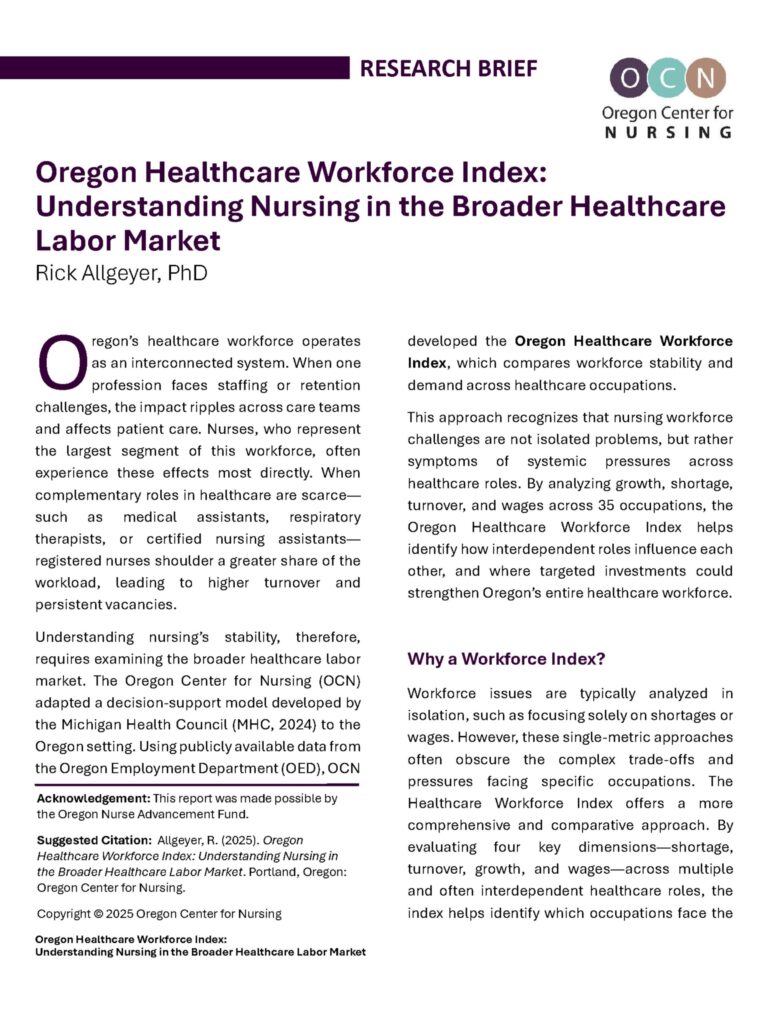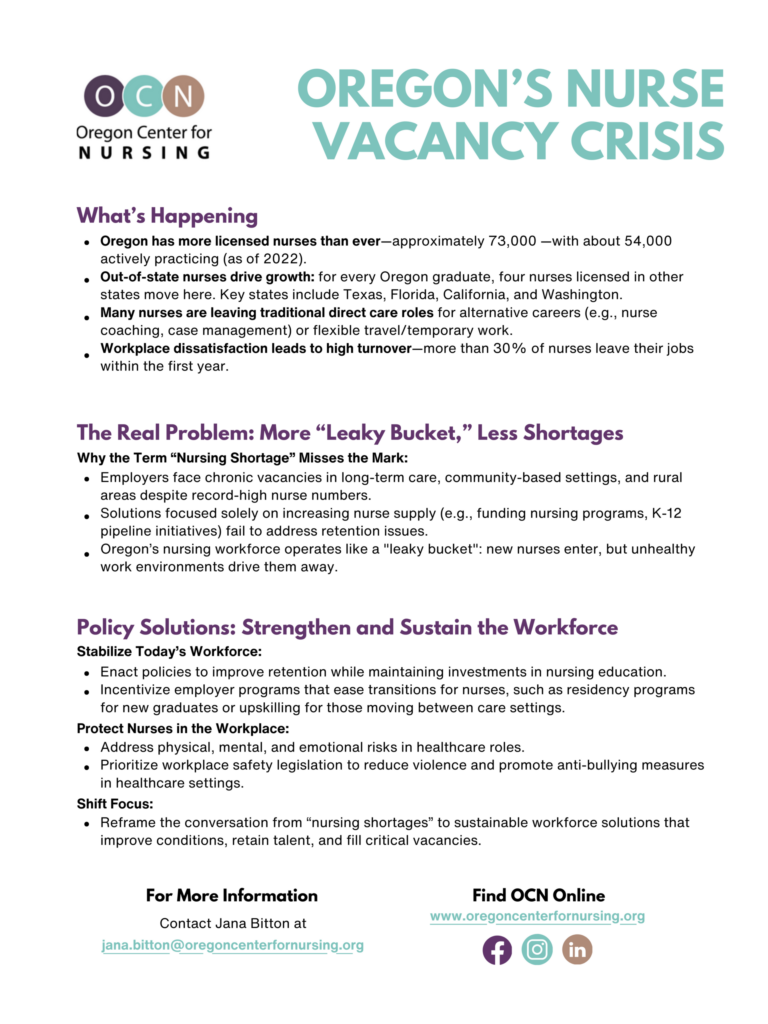Understanding the relationship between nurse recruitment and community health is essential in addressing Oregon’s ongoing workforce maldistribution. This brief investigates whether counties with larger nursing workforces experience better public health outcomes. It specifically analyzes how practice settings, such as ambulatory and long-term care, influence health indicators beyond hospital-based roles.
OCN researchers utilized datasets from the Oregon Health Authority and County Health Rankings to correlate nurse distribution with six health indices. Statistically significant results revealed that larger county-level nursing workforces are strongly associated with improved scores for length and quality of life, as well as clinical care. Interestingly, the physical environment index showed a positive correlation with higher nurse numbers—likely reflecting challenges tied to population density, not access to care.
Perhaps most notable is the finding that nurses in ambulatory and long-term care settings were more closely tied to improvements in health behavior and socioeconomic indicators. These results suggest that certain practice environments offer unique opportunities for nurses to influence individual and population health through sustained engagement and relationship-building, particularly in rural areas. These findings point toward targeted recruitment as a viable strategy to not only address workforce imbalances but also improve community well-being.


